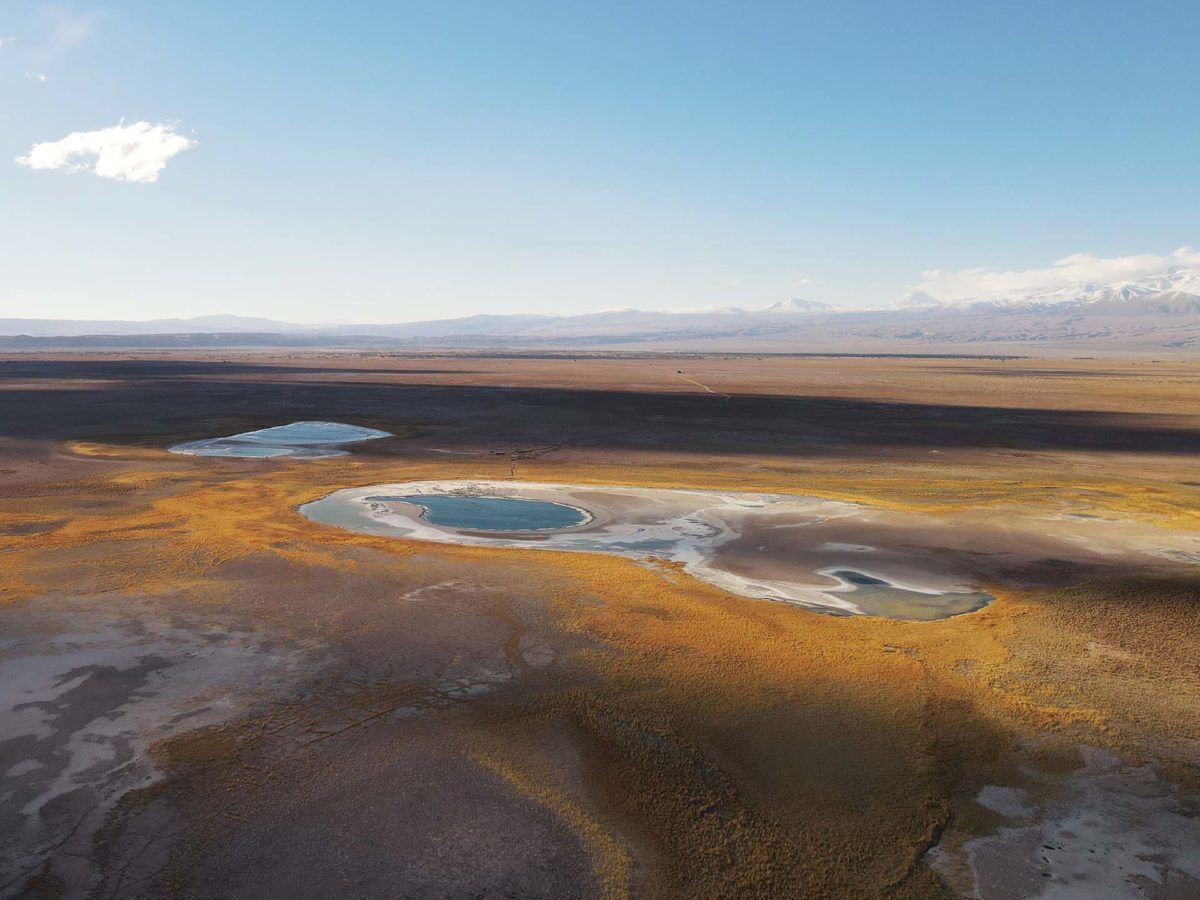Against the backdrop of growing demand for battery production, the availability of certain materials and the environmental impact of mining them have become central to the energy transition debate throughout the world. For one of the key materials, lithium, pressure has been rising to alter extraction methods or take an entirely different approach.
Commercial lithium now comes from conventional saline salar brine and spodumene ore extractions, but efforts to retrieve lithium from geothermal brine before cycling it back into the ground are increasing in popularity, particularly in the United States, the United Kingdom, and Germany. In a paper published in the journal Resources, Conservation & Recycling, scientists at the US Department of Energy’s Idaho National Laboratory (INL) have evaluated the United States’ potential to supply geothermal lithium using Systems Dynamics modeling.
Their goal was to assess the viability of U.S. lithium supply from geothermal brines and the potential supply chain impact of extracting lithium from this source. They found that the supply of this type of lithium could reach around 60,000 tons by 2030, which would represent around 4% to 8% of total U.S. lithium supply. By means of comparison, the country’s only large-scale lithium mine, Silver Peak in Nevada, produces roughly 4,500 tons a year, which is less than 2% of the world’s annual supply.
The researchers have discovered that extracting lithium from geothermal brines is economically viable. With projections of 23 million to 43 million electric vehicles on the street by 2030, lithium extraction from geothermal could generate up to $258 million to $311 million. They found that this type of lithium extraction might also offset geothermal capital costs, making electrical generation from geothermal more cost competitive.
“(This) provides not only a viable option to meet demand in the long term but also a reliable source for lithium extraction domestically,” said Ange-Lionel Toba, an INL systems modeling researcher. “The technology risk is apparent, but the upside is worth exploiting.”
The circulatory systems of geothermal power plants are a plentiful source of lithium. While producing heat and carbon-free electricity, geothermal plants extract hot, briny water that is loaded with minerals, including lithium. This salty water, or geothermal brine, is pumped to the surface and converted to a gas that turns a turbine to generate electricity. In repurposing the extracted fluids already used for electricity production as a lithium source, the environmental footprint is tiny in comparison to traditional forms of lithium extraction, including very low carbon emissions.
Earlier research led by the US Department of Energy’s Oak Ridge National Laboratory, published in The Journal of Physical Chemistry C, showed that as much as 15,000 metric tons per year of lithium carbonate could be recovered from a single geothermal power plant in California’s Salton Sea area, the most mineral-rich brine source in the United States. There are currently 13 geothermal plants in the region and more are planned.
This content is protected by copyright and may not be reused. If you want to cooperate with us and would like to reuse some of our content, please contact: editors@pv-magazine.com.









By submitting this form you agree to pv magazine using your data for the purposes of publishing your comment.
Your personal data will only be disclosed or otherwise transmitted to third parties for the purposes of spam filtering or if this is necessary for technical maintenance of the website. Any other transfer to third parties will not take place unless this is justified on the basis of applicable data protection regulations or if pv magazine is legally obliged to do so.
You may revoke this consent at any time with effect for the future, in which case your personal data will be deleted immediately. Otherwise, your data will be deleted if pv magazine has processed your request or the purpose of data storage is fulfilled.
Further information on data privacy can be found in our Data Protection Policy.